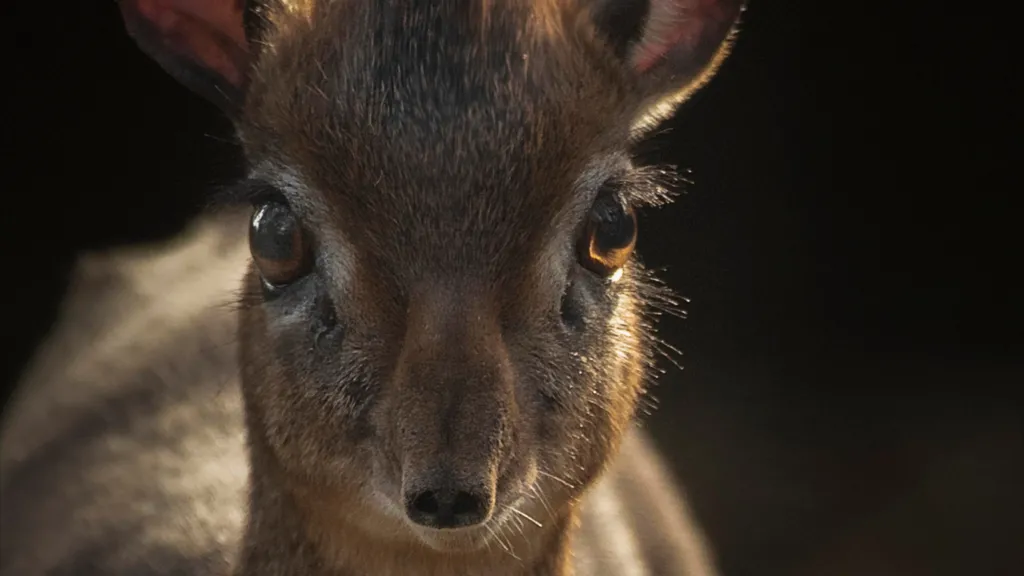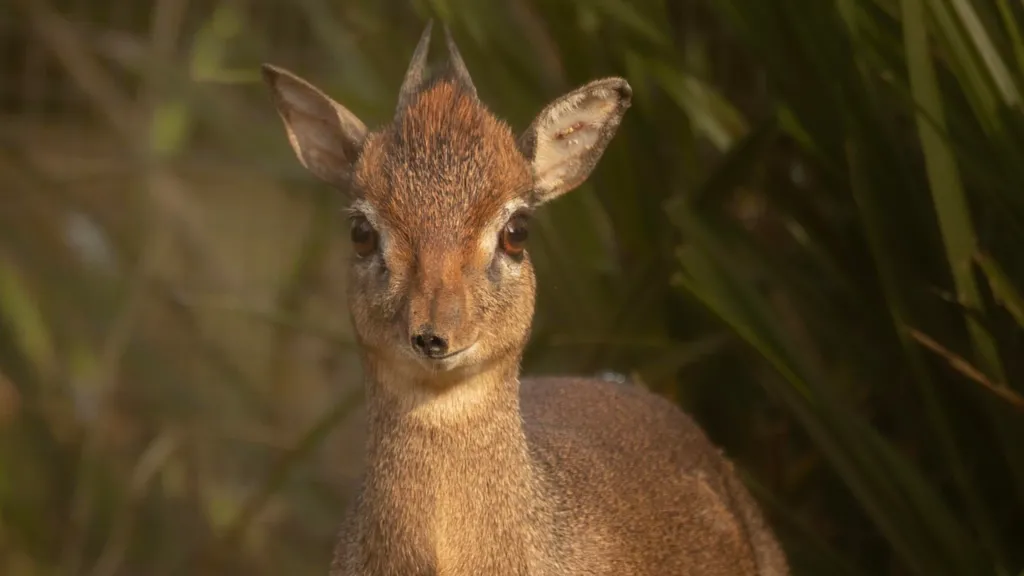A Devon zoo has welcomed three small antelopes to its site. Dartmoor Zoo announced that three male Kirk’s dik-diks, known as Madoqua kirkii, arrived from Colchester Zoo on July 23rd. The zoo reported that the trio, named Gregg, Munchkin, and Pie, seemed in “good spirits” and were “settling into their new habitat well.”
The new arrivals have joined Macaroni, a four-year-old dik-dik, in the African Aviary. CEO David Gibson noted that the four of them together made an “amusing little group.”
“We are delighted to welcome a group of three male Kirk’s dik-diks which are tiny little antelopes. They are about 40 to 60 cm (16-24 inches) tall,” said Gibson.
He explained that these small antelopes are native to Eastern Africa, particularly Kenya, and that the zoo’s latest additions were bred in the UK. The three animals are aged between eight to eighteen months and are described as “very timid and nervous dwarf antelopes.”
Gibson also mentioned that dik-diks would not typically live alone in the wild. When the zoo had the opportunity to rehome three of Colchester Zoo’s males, they were eager to accept, as they were seeking a companion for Macaroni.

“The four of them together make a rather amusing little group. They all seem to be getting on very well at the moment,” Gibson said. “We are delighted to have the group, a non-breeding group of four male dik-diks. That fulfills the requirement for that species, and we are not looking to acquire any more.”
The zoo has requested its visitors to be mindful of the animals’ sensitive nature and to “remain calm and considerate around the enclosure to ensure they have a pleasant adjustment period.” Senior Keeper Ashley Matthews said they would continue to monitor their behavior and welfare during the adjustment period.
“We’re thrilled to witness a lovely new bond being formed and can’t wait to continue watching it grow,” Matthews added.
The zoo explained that the name “dik-dik” originates from the antelope’s call. When threatened, they run in a zigzag formation, emitting whistling noises from their nose to alert others in the area.
